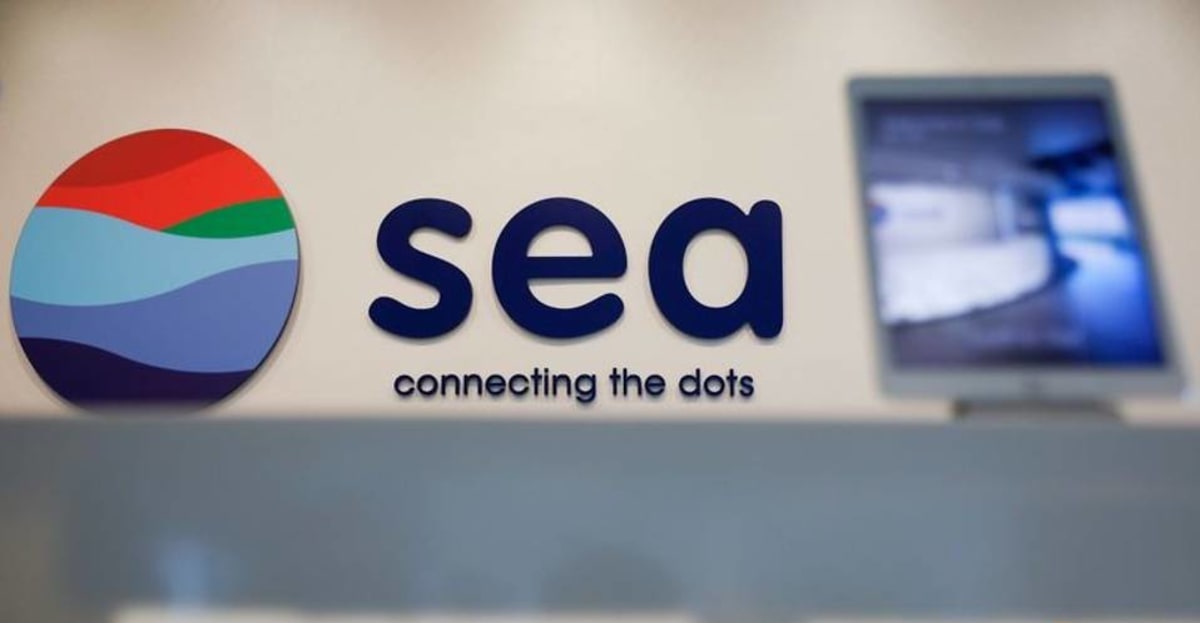The mobile revolution has undeniably transformed our lives within just a short period of time. With WhatsApp recently acquired for a whopping USD 19 billion, and how the founder of Flappy Bird reportedly making $50,000 a day in ad revenue, it is no wonder that entrepreneur wannabes are hoping to tap on this seemingly highly lucrative market.
The numbers speak for itself. And the recipe seems simple enough.
Launch an app.
Adopt a simple in-app advertising model or charge a minimum $0.99 cents to download. Get enough people to play your addictive game and you’ve got yourself a cash cow.
But is it really as easy as it sounds?
The mobile apps environment can be an unforgiving place for developers. The sustainability of the environment for indie developers and entrepreneurs in the long run is questionable and below are some reasons why.
1. The level of saturation of the apps industry is too high.
Nothing says saturation quite like the apps industry these days. As of May 2013, there are reportedly upwards of 800,000 apps out there in the two major apps stores Google Apps and iTunes Apps. Fast forward a year later and this number is most certainly expected to grow even more.
The chances of someone actually chancing upon your app, whatever the category, or there being an imitation or better alternative is extremely unlikely, or mathematically, 1/800,000.
2. There will be an influx of low quality apps
This is in part due to the increasing popularity of enablers like Conduit Mobile and Appery.io. Such services aim to lower the barriers to entry to the apps store and bridge the gap between the tech savvy and the non-tech savvy by allowing non-coders to be able to push out their own apps. This will inevitably increase the number of apps that reach the apps market with time.
A nascent industry, the expected growing popularity will bring with it an onslaught of a wide variety of apps from non-developers and amateurs.
It no longer takes an entrepreneur months to learn how to code before the slightest hint of an app starts to surface. This could also possibly mean a whole slew of low-quality apps that serve to only drown your app out in a sea of lackluster ones.
Furthermore, the increasing availability and quality of open source information on apps development means that almost anyone out there can now build an app within months of learning without having to be rigorously trained in the subject field. Online establishments like The New Boston exist precisely to break down the above-mentioned barriers to entry.
3. There are so many copies of each app with each being slight permutations of each other.
While first movers in new industries may gain a slight advantage, it is only a matter of time before copies make their way into the scene. This means that each supposed niche will eventually be saturated when copies are made.
A good example is the dating apps scene in Singapore.
Gone are the days when Paktor was just one of the few around. The entrance of new players such as LoLa, Surf-Face and the likes have most certainly ensured that users have more choices to choose from. This then inevitably shrinks the potential slice of the pie that each developer party gets.
4. The average lifespan of an app is surprisingly low
Many wanna-be developers tend to overlook this point. In the span of a month, the returning active iPhone users rate drops to less than 5% of all downloaders. After 3 months, you should be grateful if even 1% are still on it.
Even the most viral of the most viral apps, like Scramble with Friends, Candy Crush, Draw Something and Four Pics One Word app turned out to be just fads. Also, statistics have shown that on average, 1 in 4 apps get downloaded and opened once, never to be opened again. More specifically, paid iPhone apps are opened the next day only about 30% of the time whereas for free apps, it’s at 20%.
5. It is not all that profitable.
Due to the immense number of apps out there, only 10% of them are reported to be receiving 90% of the total $2 billion being dished out by Apple to its developers each year. In terms of the potential for mobile advertising via apps, Pinch Media, concluded that currently less than 5% of applications on the AppStore are suitable for advertising, in terms of generating a return.
In another survey done by Vision Mobile, 67 percent of developers earn less than US$500 per app per month. The situation has been said to have reached a stage such that getting into the top 10% has been likened to striking the lottery.
6. The costs of making an app are staggering
There are a few ways of going about making an app. One is to code it yourself or with a team. Another way of course, is to outsource. It can costs anywhere between $1500 to $150 000 to develop an app. To give you a glimpse of what to expect, this interactive website aims to give you a rough idea of how much it would cost if you do not wish to develop the app yourself.
The media admittedly shines the spotlight on the “winners” and this is all that we see. Largely hidden from view and seemingly non-existent to the average apps user are thousands of other apps that do not make it. It is then only pertinent that developers or entrepreneur-wannabes take all these points into consideration before embarking on months or years long journey to build an app.
Also read: Latest viral mobile social network app Meow is also a dating app in disguise














